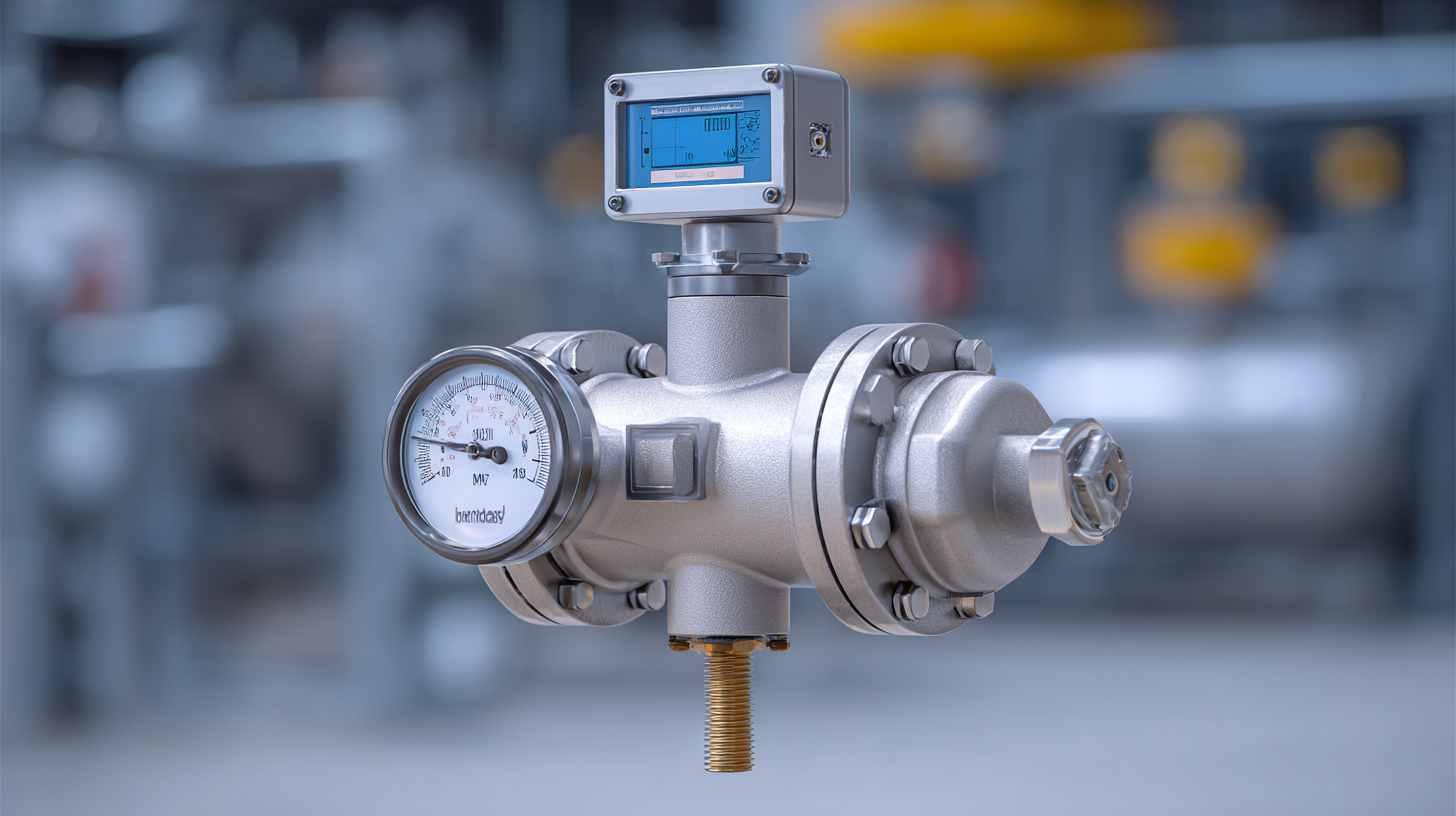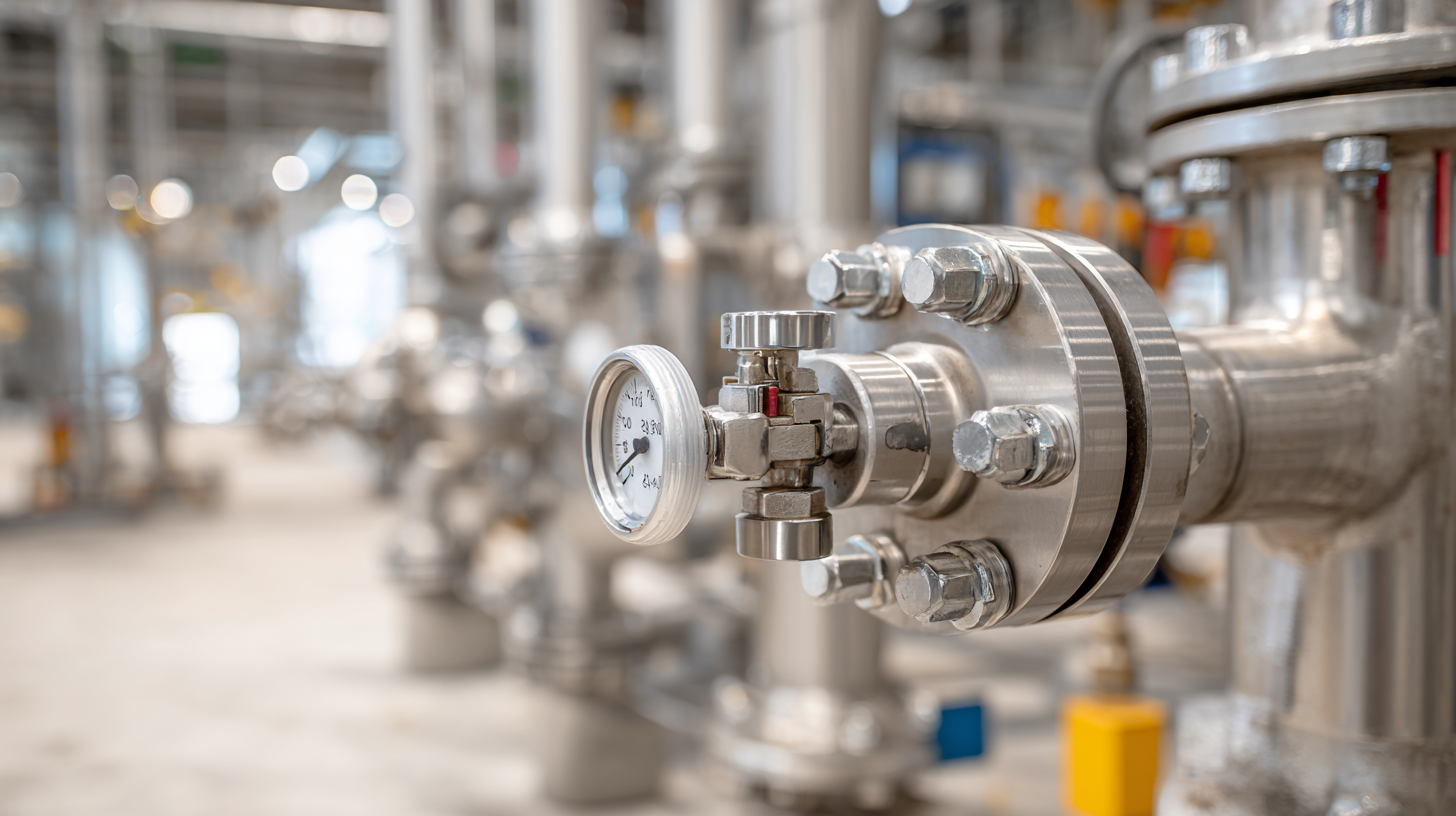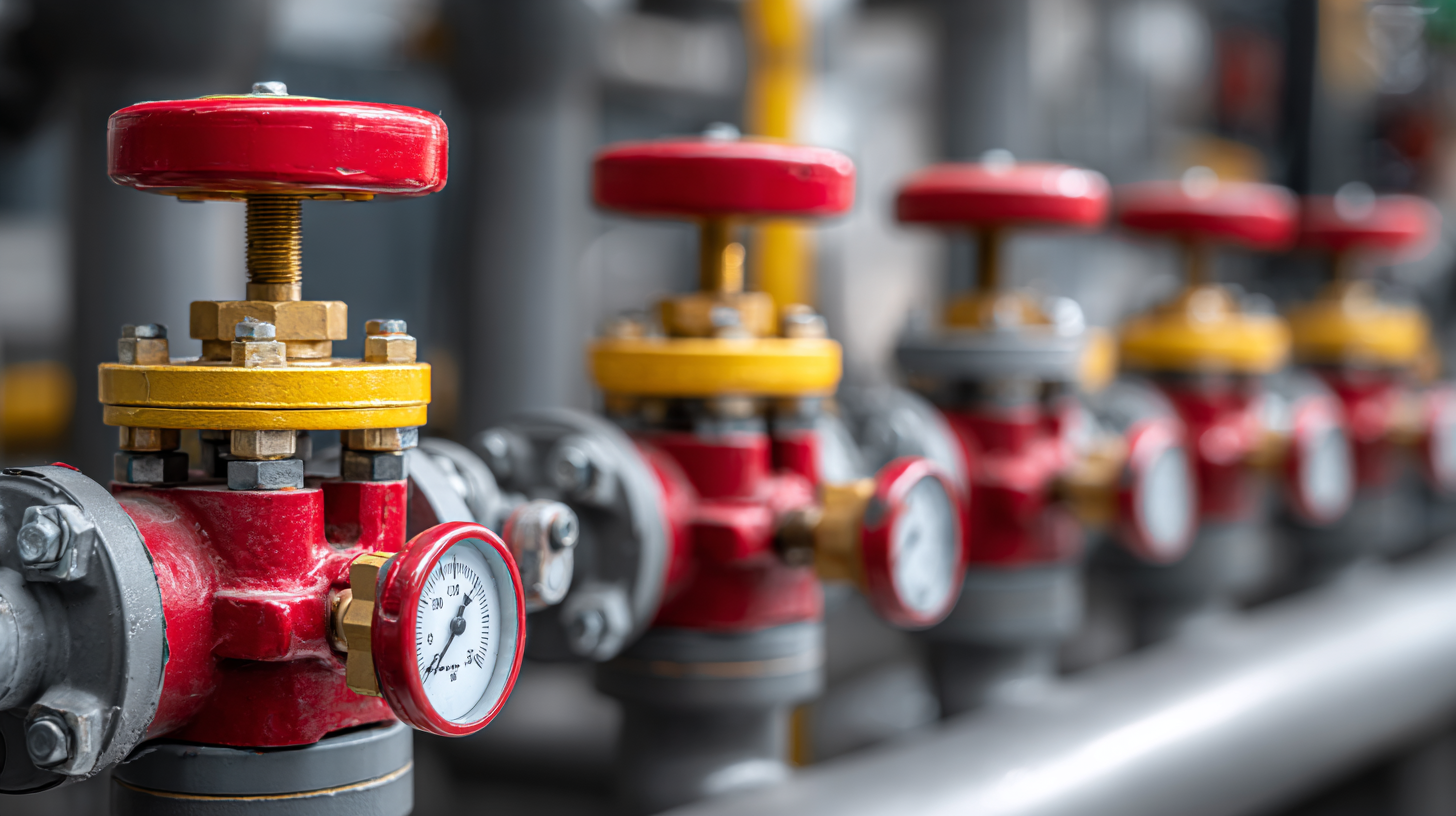Understanding the Role of Temperature and Pressure Relief Valves: Key Data and Insights for Safety Compliance
The temperature and pressure relief valve is a critical component in ensuring the safety and operational efficiency of various industrial systems. According to the Global Market Insights report, the temperature and pressure relief valve market is projected to exceed USD 2 billion by 2026, driven by increasing regulatory standards and demands for efficient safety solutions across multiple sectors, including oil and gas, chemical, and power generation. As safety compliance becomes paramount, understanding the key data surrounding these valves, such as their specifications, maintenance protocols, and performance metrics, is essential for preventing catastrophic failures. Furthermore, the American Society of Mechanical Engineers (ASME) emphasizes that improper functioning of these valves can lead to hazardous situations, highlighting the necessity for rigorous testing and adherence to safety standards. By delving into the intricacies of temperature and pressure relief valves, industries can enhance their safety measures and ensure compliance with evolving regulations, ultimately safeguarding both personnel and infrastructure.

How Temperature and Pressure Relief Valves Function in Safety Systems
Temperature and pressure relief valves (TPRVs) are crucial components in safety systems, particularly in industrial applications such as power generation and maritime operations. These valves function by automatically releasing excess pressure or temperature from a system, thereby preventing catastrophic failures. According to industry reports, improperly functioning TPRVs have been linked to a significant percentage of industrial accidents, underscoring their importance in maintaining safety compliance.
In maritime environments, recent discussions have highlighted the risks associated with CO2 fire suppression systems, as highlighted by accidents on various vessels. The role of TPRVs in these systems is critical; they not only manage pressure fluctuations but also ensure the reliability of fire suppression measures when needed. For instance, data suggests that regular maintenance and understanding of TPRV operations can reduce the likelihood of incidents. This is particularly vital as younger crew members may lack familiarity with these systems, emphasizing the need for comprehensive training and adherence to safety protocols.

Key Compliance Standards for Temperature and Pressure Relief Valves
Temperature and pressure relief valves (TPRVs) are essential components in various industries, ensuring safety by preventing excessive pressure buildup. Compliance with industry standards is critical for the effective operation of these valves. The American Society of Mechanical Engineers (ASME) provides stringent guidelines through the ASME Boiler and Pressure Vessel Code (BPVC), particularly Section I and Section VIII, which outline design, installation, and testing requirements. According to a report by the National Board of Boiler and Pressure Vessel Inspectors, improper maintenance of relief valves can lead to catastrophic failures, emphasizing the necessity of adhering to these standards.
When selecting TPRVs, it's important to consider the specific compliance requirements for your application. For instance, the code requires regular testing and maintenance at intervals not exceeding five years to ensure the valves function correctly. Failure to comply not only jeopardizes safety but can also result in hefty fines and operational downtime.
Tip: Regularly review and update your maintenance schedules to align with the latest ASME codes and manufacturer guidelines.
To enhance safety compliance, organizations must keep abreast of updates in relevant standards and incorporate any new technologies that improve valve reliability. Additionally, training personnel on best practices for TPRV operation and maintenance is crucial for fostering a safety-first culture.
Tip: Conduct training sessions at least annually to ensure all team members are familiar with safety protocols and compliance requirements.

Essential Maintenance Practices for Optimal Valve Performance
Temperature and pressure relief valves are critical components in maintaining safety and efficiency in various systems. To ensure these valves operate optimally, essential maintenance practices must be followed. Regular inspections can help identify wear and tear, allowing for timely repairs or replacements. It is crucial to check for any signs of corrosion or leaks, as these issues can compromise the valve's functionality and lead to hazardous situations.
**Tips for Maintenance:** One effective way to maintain these valves is by following a routine schedule for testing and calibration. This ensures that the valve opens at the correct pressure and functions as intended during an emergency. Additionally, keep the valve clean and free from debris to prevent blockages that could hinder operation.
Another vital aspect of maintenance is keeping detailed records of all inspections and repairs. This helps track the performance of your valves over time and allows for better decision-making regarding replacements. Moreover, training staff on the importance of valve maintenance can enhance overall safety compliance within the facility.
Common Issues and Solutions for Temperature and Pressure Relief Valves
Temperature and pressure relief valves are critical safety devices that prevent overpressure and excessive temperature conditions in various systems. However, these valves can encounter several common issues that may jeopardize safety compliance. One prevalent problem is valve leakage, which can occur due to wear and tear or improper installation. To address this, routine maintenance checks should be conducted, ensuring that the seals and seating surfaces are in good condition. Additionally, replacing these components periodically can help prevent leaks.
Another frequent issue involves valve freezing, particularly in colder environments. This can lead to operational failure, requiring implementation of insulation or heat tracing solutions to maintain optimal operating temperatures. Moreover, corrosion can significantly affect the integrity of these valves, particularly in aggressive chemical environments. Regular inspections and the use of corrosion-resistant materials are essential in mitigating this risk. By understanding these common issues and their solutions, organizations can enhance the reliability of temperature and pressure relief valves, ensuring compliance with safety regulations and protecting personnel and equipment.
Benefits of Regular Inspections in Preventing Safety Hazards
Regular inspections of temperature and pressure relief valves are crucial for maintaining safety compliance in industrial settings. These valves play a vital role in preventing equipment failures and catastrophic incidents by releasing excess pressure or temperature in systems. However, over time, wear, corrosion, and sediment buildup can compromise their performance. Routine checks can help identify these potential issues early, ensuring that the valves function correctly when needed.
Moreover, proactive inspections contribute to overall operational efficiency. By addressing minor concerns before they escalate into major problems, organizations can reduce downtime and avoid costly emergency repairs. Furthermore, regular maintenance and testing of these safety devices foster a culture of safety within the workplace, enhancing employee confidence in the systems they work with and minimizing the risk of accidents. Overall, prioritizing the inspection of temperature and pressure relief valves not only protects personnel and equipment but also supports regulatory adherence and long-term operational success.
Understanding the Role of Temperature and Pressure Relief Valves
This chart illustrates the importance of regular inspections for temperature and pressure relief valves in preventing safety hazards. The data represents the percentage of incidents prevented through inspections over the years.
